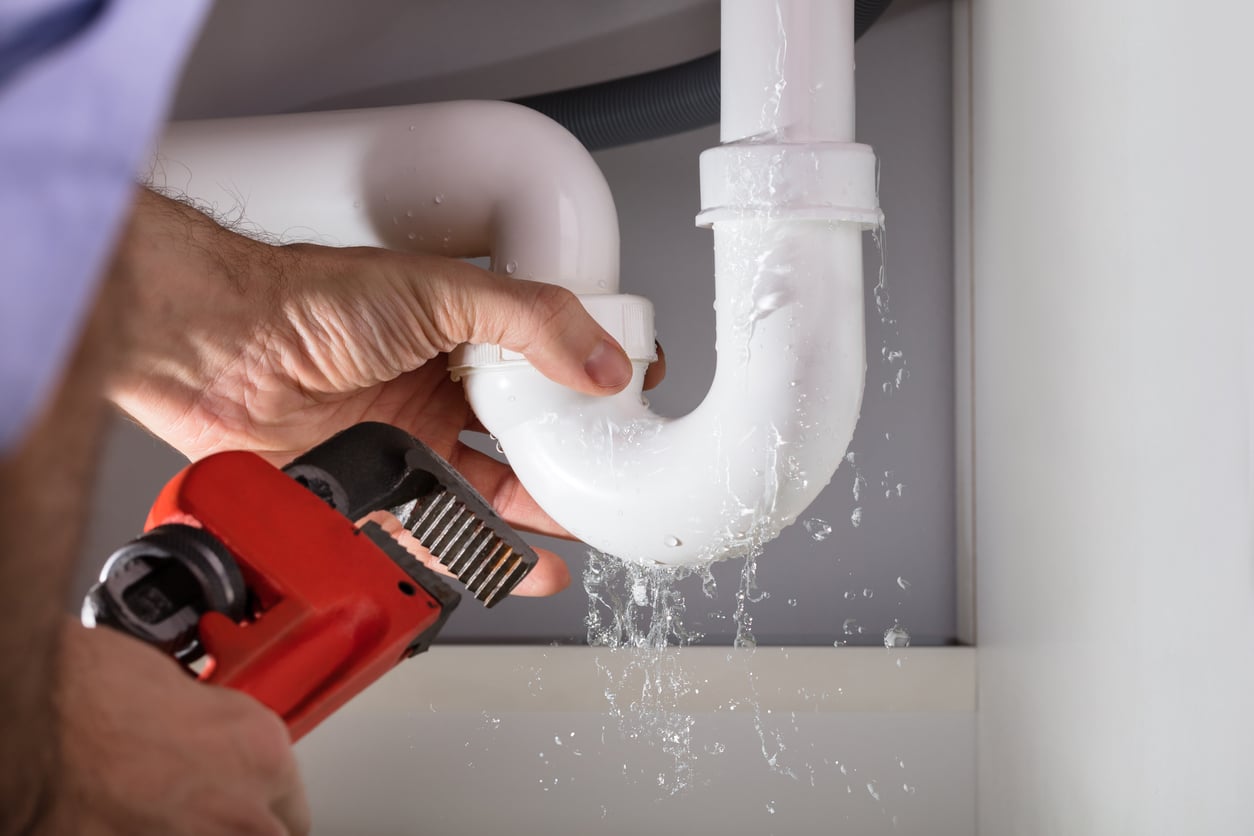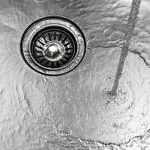Introduction: The Dripping Dilemma
A leaking sink can be more than just an annoyance; it’s a persistent problem that, if left unresolved, can lead to water damage, mold growth, and even increased water bills. The good news is that many sink leaks are relatively easy to diagnose and fix with the right tools and a bit of know-how. This comprehensive guide will delve into the common causes of sink leaks, provide step-by-step solutions, and offer preventive measures to ensure your sink stays leak-free for years to come.
Identifying the Source: Where Is That Drip Coming From?
The first step in addressing a leaky sink is pinpointing its origin.Leaks typically occur around three main areas: the faucet, the drain, or the supply lines. A faucet leak is often visible at the spout, whereas a drain leak presents itself as a puddle beneath the sink, and supply line leaks usually manifest near the connections under the sink. Once you’ve identified the source, you’re ready to tackle the repair.
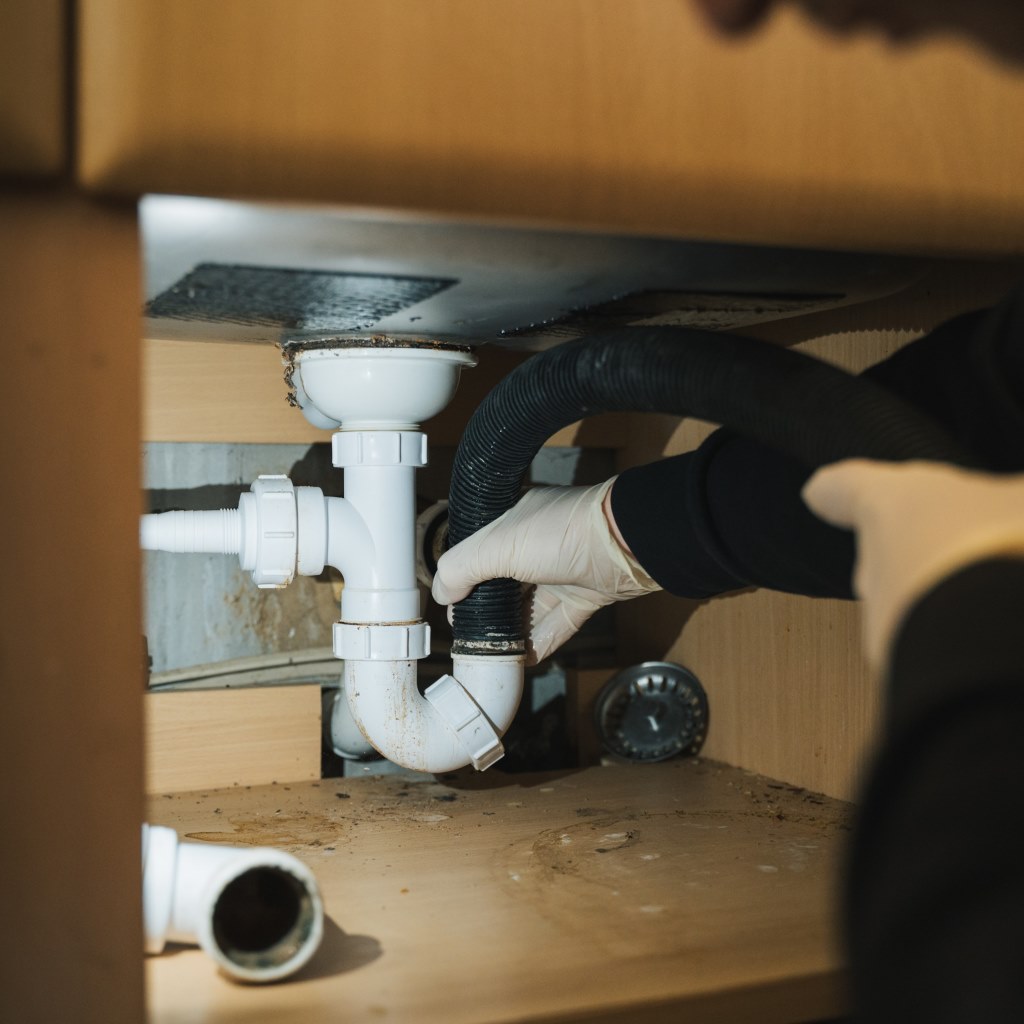
Faucet Fixes: Tightening and Replacement Techniques
Faucet leaks frequently stem from worn-out washers, O-rings, or cartridges. If your faucet drips from the spout, start by turning off the water supply valves located underneath the sink. Next, disassemble the faucet, inspect its internal components, and replace any damaged parts. For cartridge faucets, removing and replacing the faulty cartridge usually solves the issue. Remember, different faucet types (compression, ball, disc, or cartridge) require specific repair techniques, so consult the manufacturer’s guide for detailed instructions.
Drain Drama: Sealing and Replacing Components
Leaky drains are often due to loose connections or worn-out gaskets and seals. Begin by placing a bucket under the P-trap (the curved pipe under the sink) to catch any residual water. Using a wrench, carefully loosen the slip nuts connecting the trap to the sink tailpiece and the wall drain. Inspect the gaskets and clean any debris. Reassemble, tightening the nuts securely but avoiding over-tightening, which can distort the connections and cause leaks. If the leak persists, consider replacing the entire P-trap.
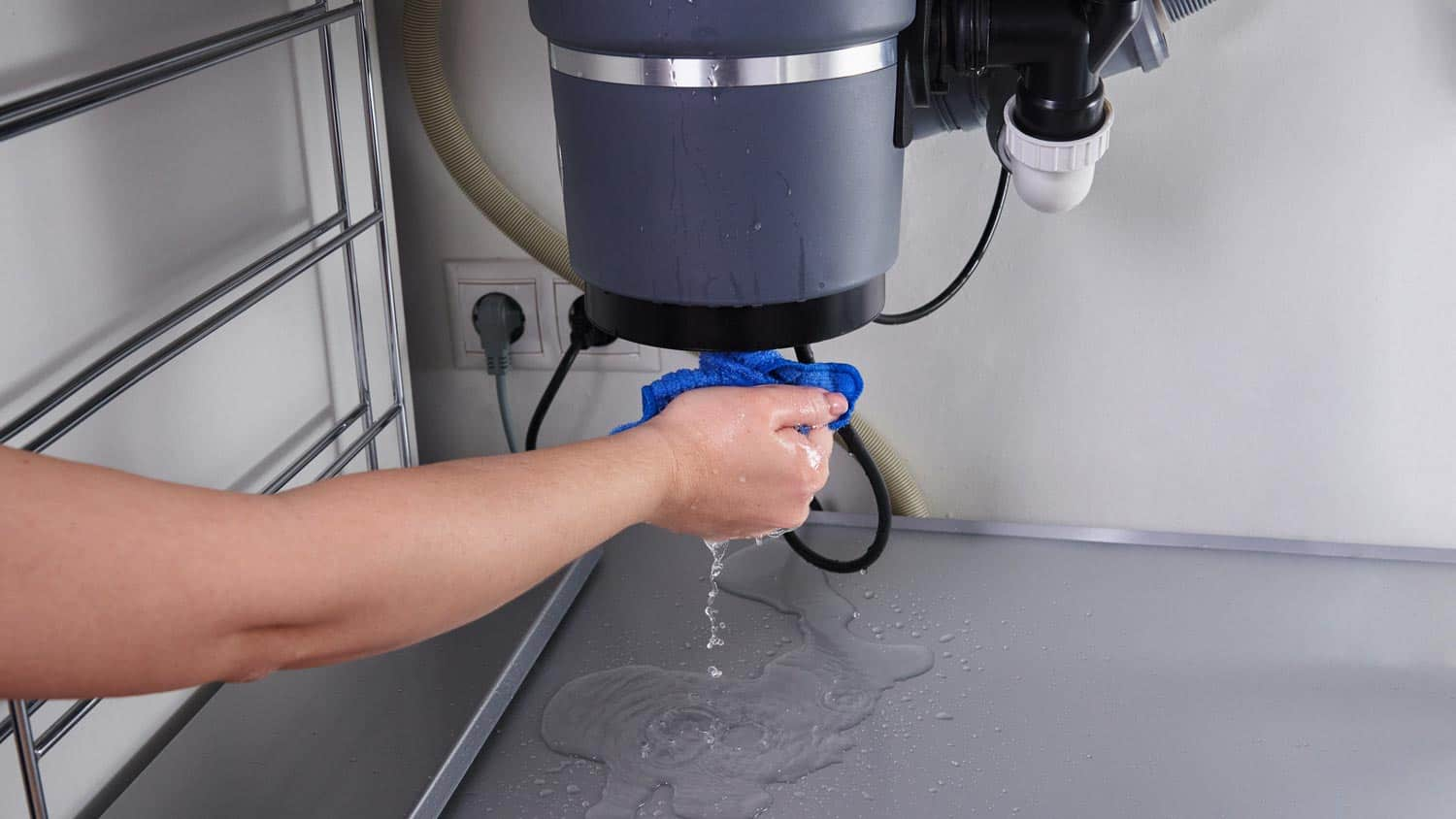
Supply Line Solutions: Tightening Connections and Upgrading Hoses
Leaks from the supply lines, which bring water to your faucet, can be quickly remedied by checking and tightening the connections. Use an adjustable wrench to gently tighten the nuts where the lines connect to both the faucet and the shutoff valves. If the hoses show signs of wear, such as cracks or bulges, replace them with new, braided stainless steel lines for added durability. When installing new lines, ensure they are long enough to allow for flexibility without being so long that they kink.
Advanced Tactics: Dealing with Hidden Leaks and Corrosion
In some cases, leaks may originate from less obvious sources like corroded valve stems or hidden cracks in the sink basin. Addressing these issues often requires more advanced plumbing skills. For valve stem corrosion, you might need to replace the entire valve assembly. If the sink itself is cracked, unfortunately, repair isn’t feasible, and replacement is the only solution. In such instances, consulting a professional plumber is advisable to ensure the job is done safely and effectively.
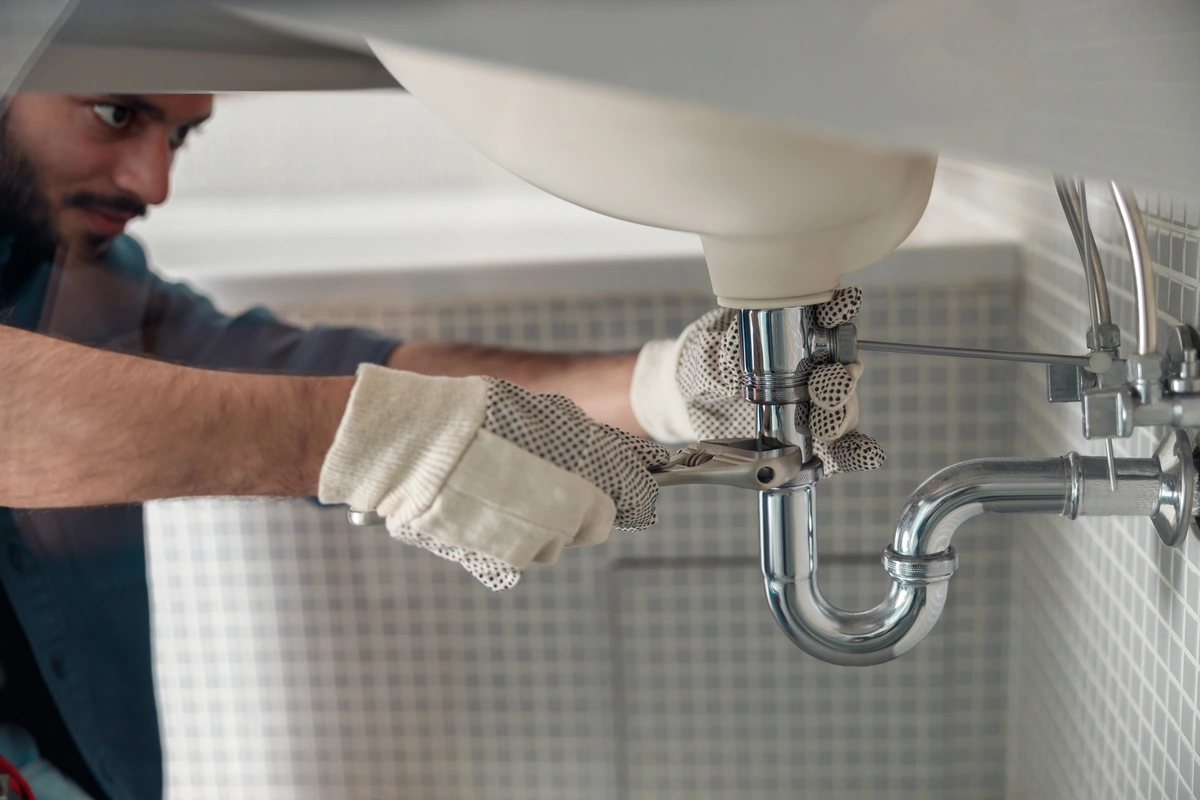
Preventive Maintenance: Staying Ahead of Leaks
To minimize future leaks, implement a regular maintenance routine. This includes periodically checking all connections for tightness, replacing worn out washers and seals as needed, and cleaning aerators to prevent buildup. Additionally, using high-quality plumbing materials and upgrading to newer, more durable fixtures can significantly reduce the likelihood of leaks. Don’t forget to monitor your water pressure; excessive pressure can strain pipes and faucets, leading to leaks over time.
The Importance of Professional Help: Knowing When to Call In Reinforcements
While many sink leaks can be DIY projects, there are instances when professional assistance is crucial. If you encounter complex issues, such as extensive corrosion, major leaks behind walls, or if you lack the necessary tools or confidence to undertake repairs, it’s best to call a licensed plumber. Attempting complicated repairs without the proper expertise can lead to further damage and higher costs in the long run.
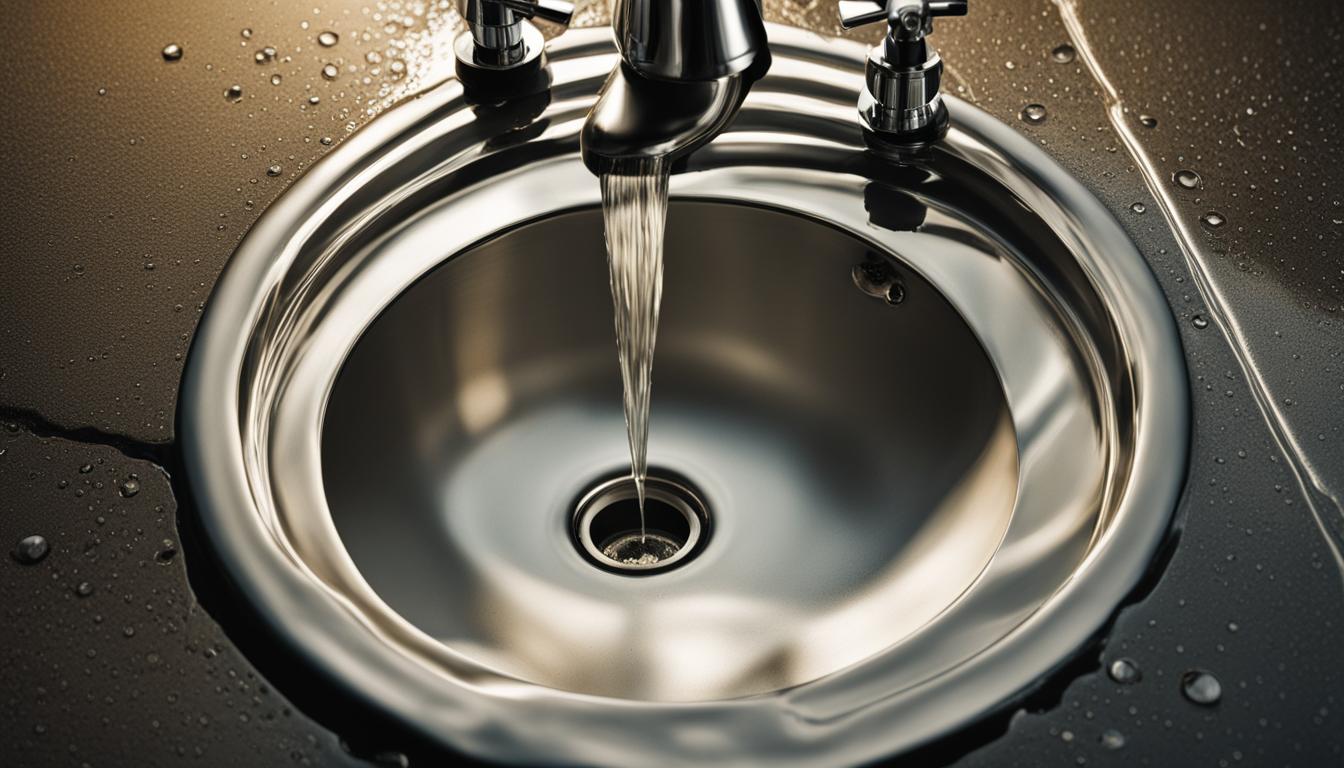
Innovative Technologies for Leak Detection and Prevention
In the quest for early detection and efficient prevention of leaks, modern technology has introduced several innovative tools and systems that can make managing your home’s plumbing more proactive and efficient.
Smart Home Water Monitoring Systems: These systems utilize advanced sensors placed at key points in your plumbing network, including under sinks, to detect even the smallest leaks. They can send alerts to your smartphone, allowing you to address issues before they escalate into costly damages. Some systems also integrate with smart home platforms, enabling automatic shut-off valves to prevent major flooding in case of a significant leak.
Leak-Resistant Faucet Designs: Manufacturers now offer faucets with advanced features such as ceramic disc cartridges and touchless operation. Ceramic discs are more durable and less prone to leaks compared to traditional rubber washers. Touchless faucets, popular in commercial settings but increasingly used in homes, reduce wear and tear from constant handling, thus minimizing the potential for leaks.
Pipe Insulation and Liners: Advanced pipe insulation not only helps maintain water temperature and reduce energy costs but also protects pipes from freezing and subsequent bursts. For older homes with corroded pipes, pipe lining technologies can be utilized to restore pipes without the need for invasive digging or replacement. A liner is inserted into the existing pipe, essentially creating a new pipe within the old one, resistant to leaks and corrosion.
Water Pressure Regulators: Excessive water pressure is a common cause of leaks. Installing an adjustable water pressure regulator ensures that the incoming water pressure remains at a safe level for your plumbing system. Modern regulators come with built-in gauges and some are even smart-enabled, allowing you to monitor and adjust pressure remotely.
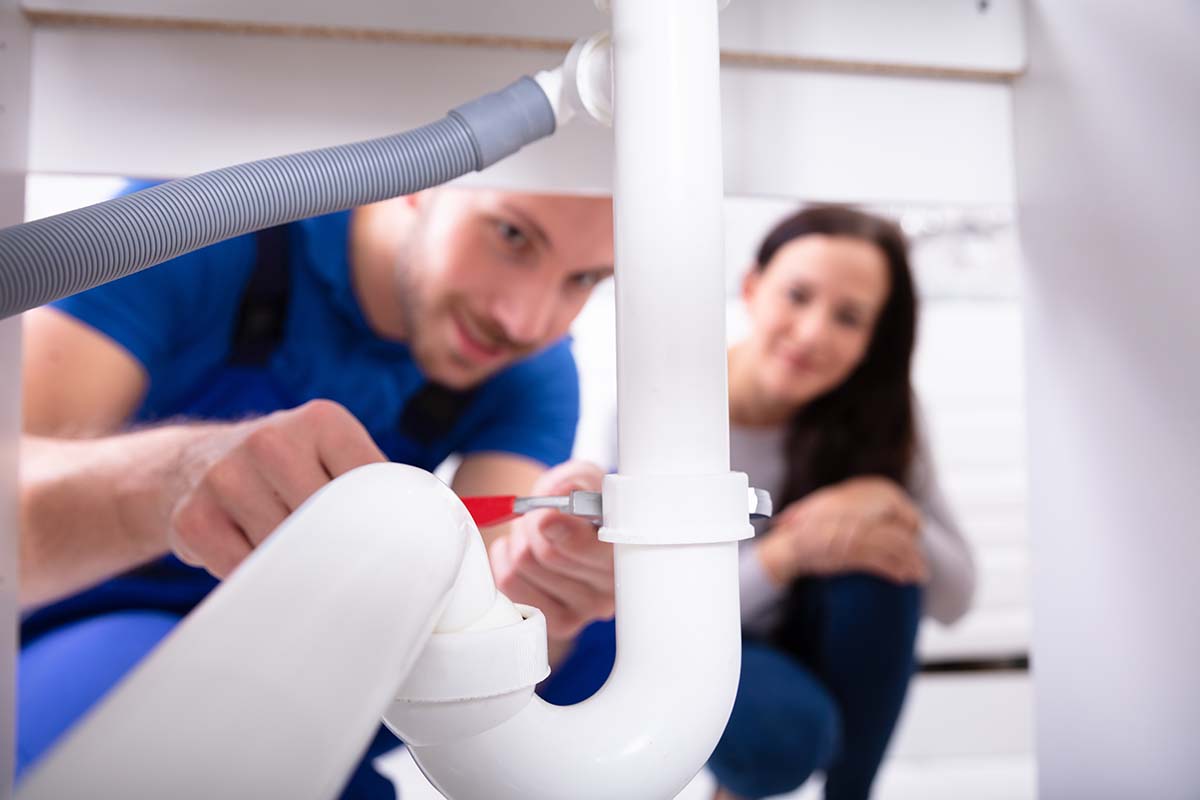
Conclusion: Turning Off the Faucet on Leaks
Dealing with a leaking sink doesn’t have to be a headache. By understanding the common sources of leaks, following step-by-step repair guides, and implementing preventive maintenance strategies, you can keep your sink functioning properly and avoid the hassles associated with water damage. Remember, while DIY repairs are empowering, knowing when to seek professional help ensures that even the most challenging leaks are resolved efficiently and safely. With the right approach, you can turn off that dripping faucet for good, restoring tranquility to your home and peace to your mind.
